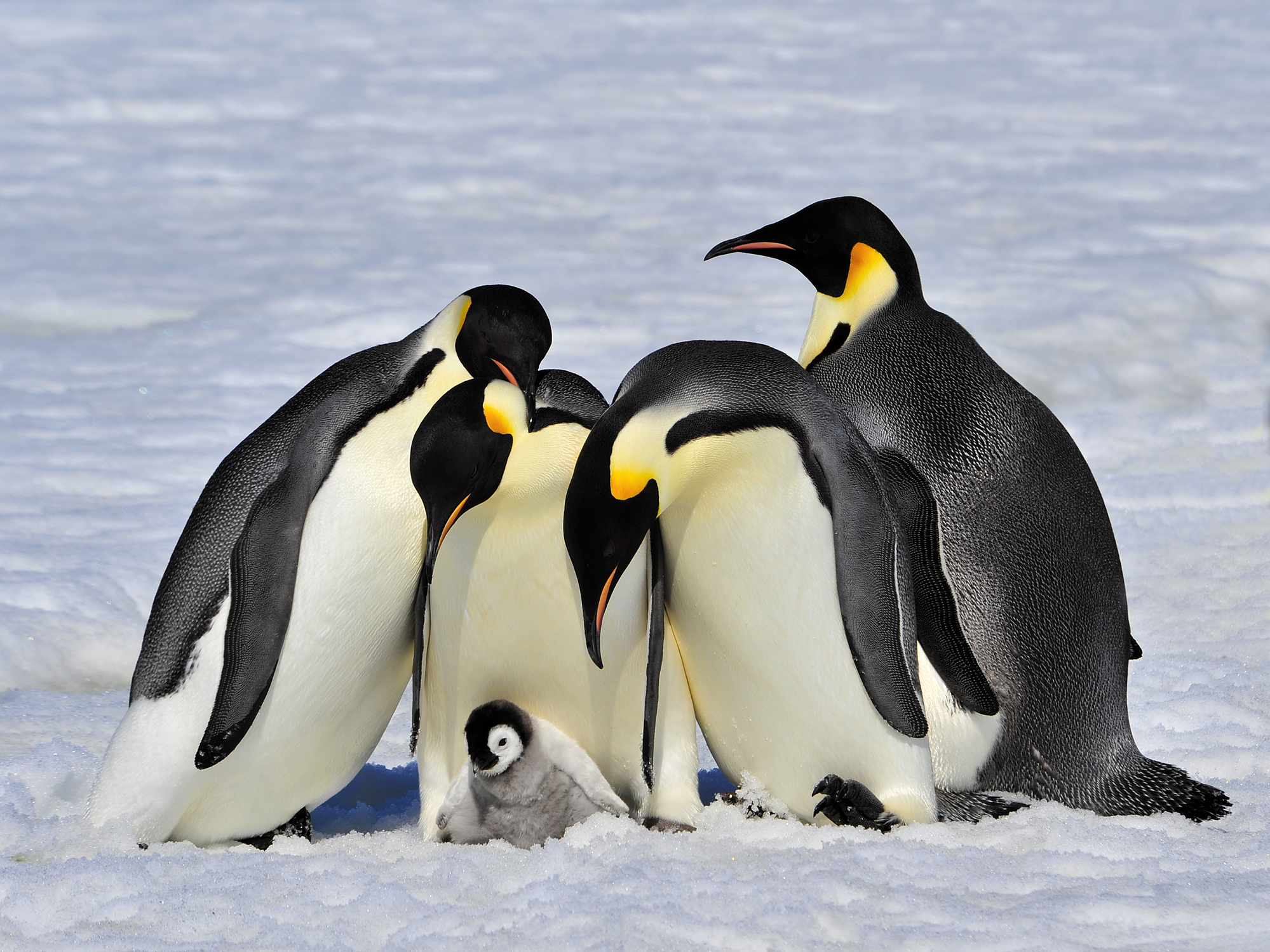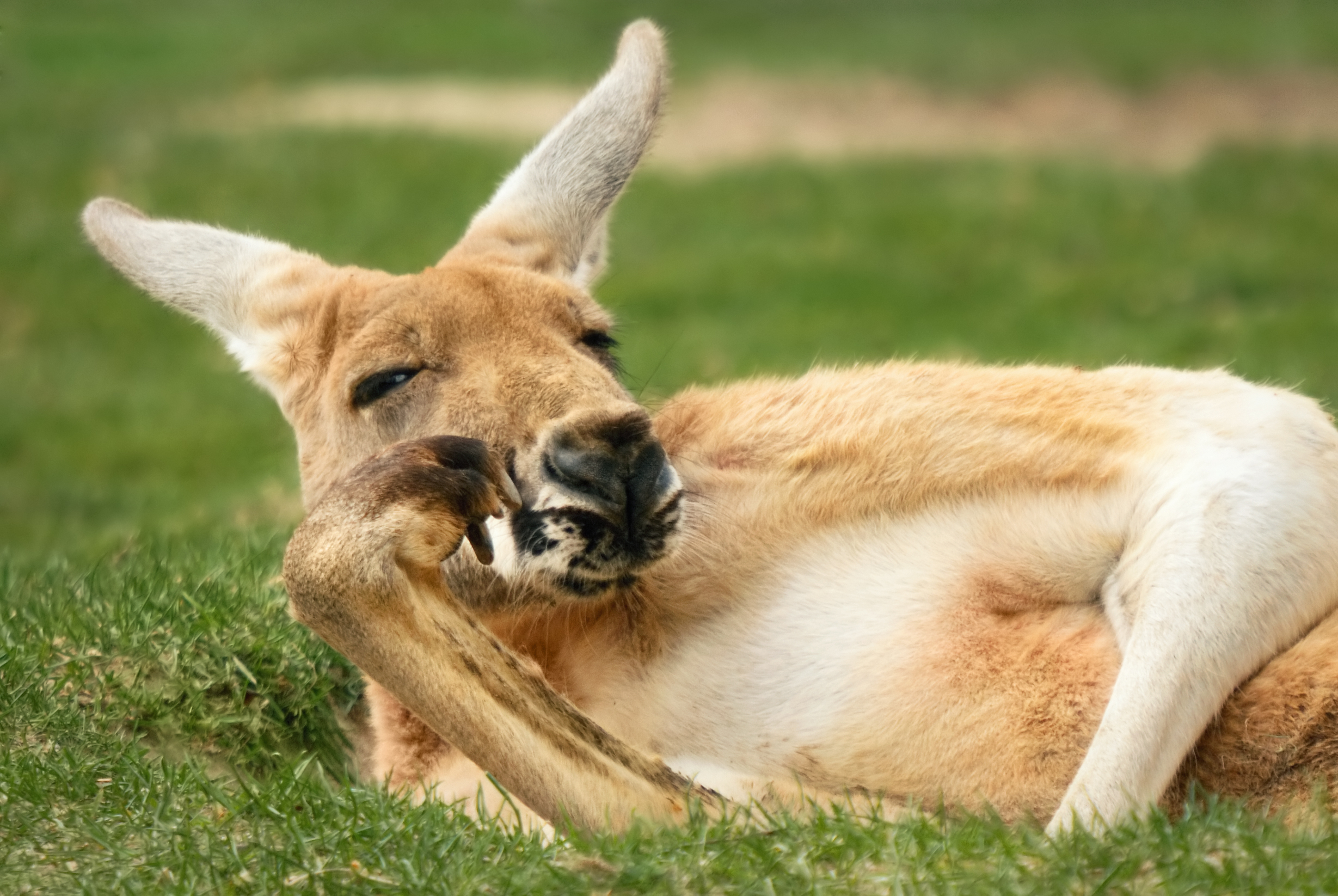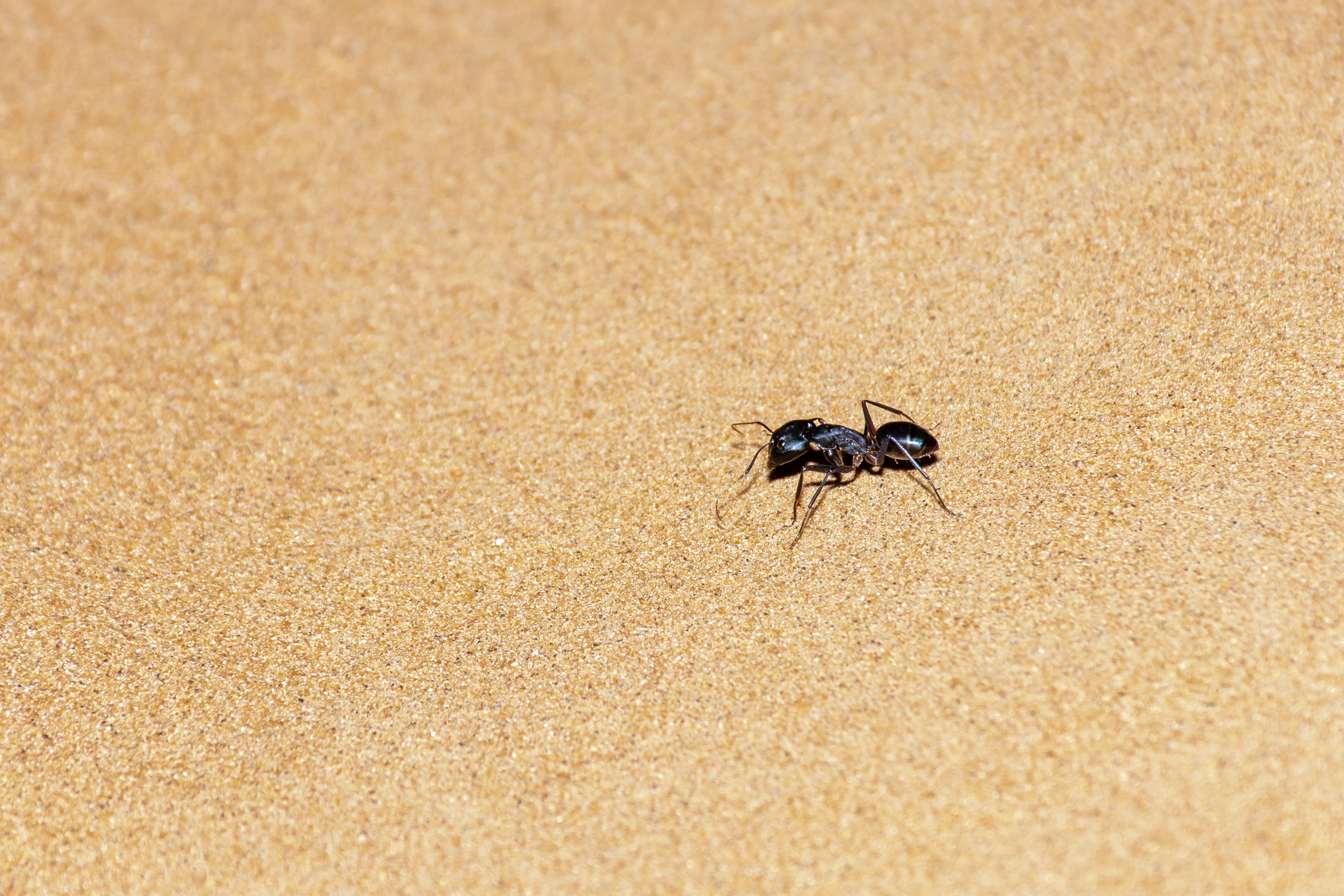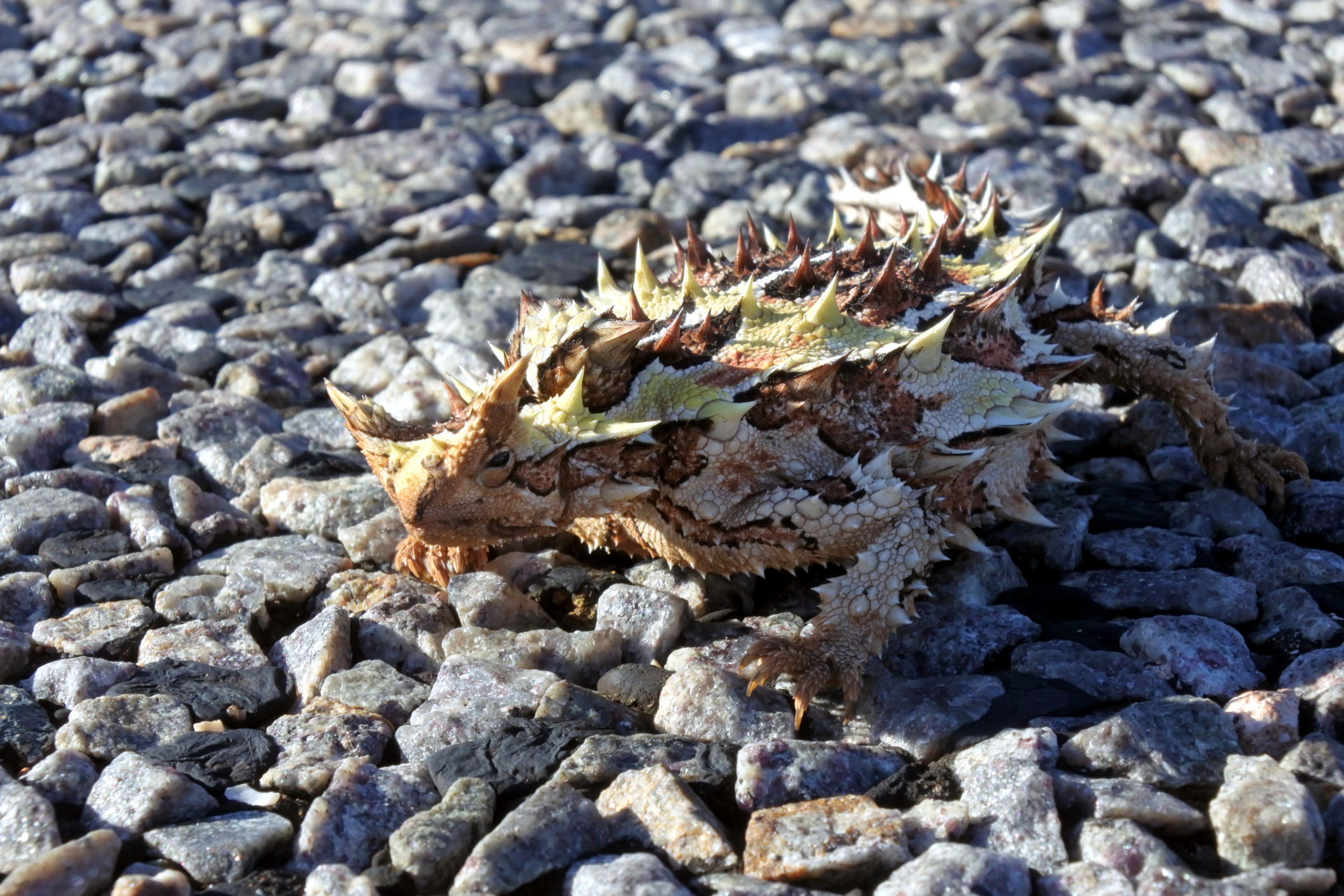Bracing the Wild: 18 Remarkable Animal Adaptations for Supreme Survival in the Toughest Terrains
Welcome to the wild, where survival is the name of the game and animals have evolved in fascinating ways to ensure they stay in play. These adaptations, honed over millions of years, allow creatures to thrive in some of the most inhospitable environments on Earth. From the frozen tundras to the blistering deserts, animals have developed remarkable strategies to overcome extreme conditions. In this expedition, we will delve into 18 of these extraordinary adaptations that enable animals to brace the wild and reign supreme in the toughest of terrains.
The Arctic Fox's Fur

The Arctic fox is a master of survival in the frigid Arctic. Its thick, multi-layered fur provides insulation against the biting cold, and changes colour to provide camouflage against the snow in winter and the tundra in summer. This unique adaptation not only shields the fox from extreme cold but also makes it invisible to predators and prey alike.
The Camel's Hump

In the scorching deserts, the camel is king. Its hump, often mistaken as a water store, actually holds fat that the camel metabolizes for water and energy during long periods without food. This adaptation allows the camel to survive in an environment where resources are scarce.
The Emperor Penguin's Feathers

The Emperor Penguin, native to Antarctica, sports a dense layer of feathers that trap warm air and prevent heat loss. These feathers, coupled with a layer of blubber, enable the penguin to endure the freezing temperatures and harsh winds of the Antarctic winter.
The Kangaroo Rat's Kidneys

The Kangaroo Rat, a resident of North America's deserts, has kidneys that minimize water loss by excreting highly concentrated urine. This adaptation, along with the rat's ability to derive water from the seeds it eats, allows it to survive without ever drinking water.
The Snowshoe Hare's Feet

The Snowshoe Hare, named for its large hind feet, uses these as snowshoes to travel on top of deep snow without sinking. This adaptation allows the hare to evade predators and forage for food even in the depths of winter.
The Leafcutter Ant's Farming Skills

Leafcutter ants, found in the tropical rainforests of South America, are nature's farmers. They cut leaves and carry them back to their colonies to cultivate a fungus, which serves as their primary food source. This unique adaptation allows them to thrive in an environment with intense competition for food.
The Saharan Silver Ant's Heat Resistance

The Saharan Silver Ant, native to the Sahara desert, has a reflective exoskeleton that deflects the sun's rays, keeping its body cool even in the scorching desert heat. This adaptation allows the ant to forage during the hottest part of the day when predators are inactive.
The Wood Frog's Freeze Tolerance

The Wood Frog, found in North America, has the ability to freeze solid in winter, with its heart stopping completely, only to thaw and revive in spring. This adaptation allows the frog to survive in regions where temperatures drop below freezing.
The Capybara's Webbed Feet

The Capybara, native to South America, has webbed feet that make it an excellent swimmer. This adaptation allows the capybara to escape predators by diving into water bodies and to forage for aquatic plants.
The Fennec Fox's Ears

The Fennec Fox, found in the Sahara desert, has large ears that dissipate heat, helping it stay cool. These ears also give the fox exceptional hearing, allowing it to detect prey moving underground.
The Polar Bear's Blubber

The Polar Bear, a resident of the Arctic, has a thick layer of blubber that provides insulation against the cold and buoyancy in water. This adaptation, coupled with its white fur that camouflages it against the snow, makes the bear a formidable predator.
The Tardigrade's Cryptobiosis

The Tardigrade, also known as the water bear, has the ability to enter a state of suspended animation, or cryptobiosis, when conditions become inhospitable. In this state, it can survive extreme temperatures, pressures, and even the vacuum of space.
The Alpine Ibex's Climbing Skills

The Alpine Ibex, native to the European Alps, has specialized hooves that allow it to climb steep, rocky terrains with ease. This adaptation enables the ibex to access food resources on cliffs and escape predators.
The Thorny Devil's Skin

The Thorny Devil, found in Australia's deserts, has skin that can absorb water from any part of its body. This adaptation allows it to drink by simply standing in a puddle, or even by absorbing dew that condenses on its skin.
The Pistol Shrimp's Claw

The Pistol Shrimp, a marine creature, has a specialized claw that it uses to create a cavitation bubble. The collapse of this bubble generates a shockwave that stuns its prey. This unique adaptation allows the shrimp to hunt effectively in the ocean's depths.
The Axolotl's Regeneration

The Axolotl, a type of salamander found in Mexico, has the extraordinary ability to regenerate not just its limbs, but also its heart, spinal cord, and even parts of its brain. This adaptation allows the axolotl to recover from injuries that would be fatal to most other animals.
The Peacock Mantis Shrimp's Vision

The Peacock Mantis Shrimp, a marine creature, has the most complex visual system in the animal kingdom. It can see an array of colors beyond human capability, including ultraviolet light. This adaptation enhances its ability to hunt and communicate in the ocean's depths.
From the Arctic fox's fur to the peacock mantis shrimp's vision, these 18 remarkable adaptations showcase the resilience and ingenuity of life on Earth. They remind us of the diversity and complexity of the natural world, and the extraordinary lengths animals go to for survival. As we continue to explore and understand these adaptations, we gain not just knowledge, but also a deeper appreciation for the intricate web of life that binds us all.







